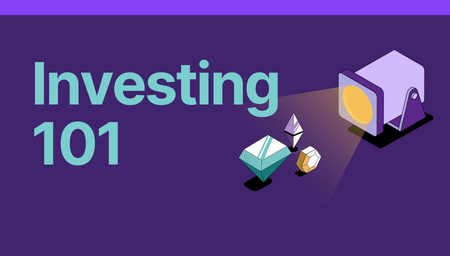If you open the NSE website, you will find a popular barometer called the VIX (Volatility Index). VIX is also called the Fear Index as it represents the fear in the stock markets, where too much volatility is considered to be an enemy of valuation. Typically, stocks with high levels of volatility attract low P/E ratios and that depresses valuations. Volatility or fluctuations in a stock’s price are part and parcel of the stock market game. You cannot avoid volatility in stock markets but you can definitely manage it. Here’s how you can ace the game:
a) Use volatility as an opportunity to accumulate quality stocks at attractive prices
If you look back at the Nifty, the last 50% correction happened in 2008—post the Lehman crisis. Since then, the market has given 20% volatility on the downside on more than 10 occasions. Remember, 20% volatility is bad enough but it also creates opportunities. For example, at the peak of the liquidity crisis in October 2018, Bajaj Finance lost 35% of its value in a span of less than one month. We have seen similar bouts of correction in stocks like Hindustan Unilever, TCS, Infosys, and HDFC Bank. As a smart trader, you must use such opportunities to add more quality stocks to your portfolio. That is called being proactive.
b) Build your portfolio on conviction and don’t let the conviction falter
If you are nervous when the market goes down, the risk level of your portfolio may not be an appropriate fit for you. Your time horizon, goals, and tolerance for risk are key factors in helping to ensure that you have an investing strategy that works for you. Essentially, your portfolio has been designed and you need to accept volatility as a part of the game. A 20% correction does not mean that your stock is suddenly worthless. In fact, stocks like Infosys—which have created big wealth—have seen serious bouts of volatility. Get comfortable!
c) As an investor, time in the market is more important than timing the market
It is one thing to know what to do in volatile markets. You must also know what not to do in the midst of volatile markets. One thing to avoid is trying to time the market. Many traders are obsessed with catching the tops for selling and bottoms for buying. There are two problems. Firstly, it is impossible to consistently catch tops and bottoms, even for the most seasoned traders. Secondly, even if you miss three or four of the best days, your return will only be as good as a passive strategy. So, why waste time on timing the market. Instead, remember that the Sensex has grown from 100 in 1981 to around 38,000 in 2019. That’s an annual Compound Annual Growth Rate (CAGR) of 17%. You surely don’t need to fish in troubled waters in volatile markets.
d) Nothing beats volatility better than a systematic and phased approach
Systematic investing takes different forms. When buying equities, you can use a Price Earning (P/E) cut off to increase or decrease your allocation. Alternatively, you can just create a passive systematic investment plan. For example, you can just decide to invest Rs.5,000 each month in buying HDFC Bank shares at a specified date. You don’t worry too much about the price. The idea is that when markets are buoyant, you get more value and when markets are down, you get more shares. In short, you make the most of volatility and reduce the cost of holding.
e) Your financial plan has in-built mechanisms to handle volatility
Your investment starts with a financial plan which lays out your long term goals with a plan to achieve them. Asset allocation is an important aspect of financial planning where the break-up of equity, debt, liquids and gold is worked out. When you stick to this asset allocation plan, then any profits are automatically monetized and down markets are automatically bought into. That is your best insurance in volatile markets.



